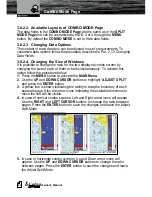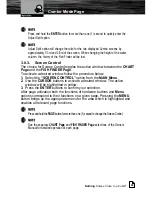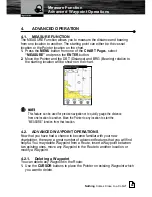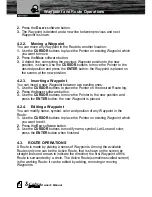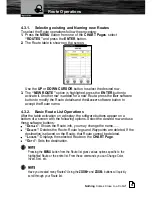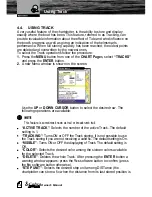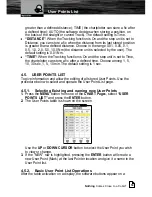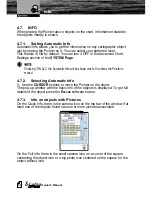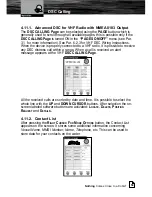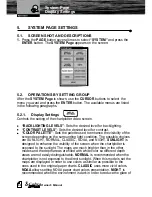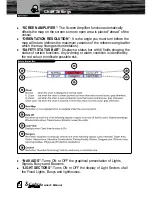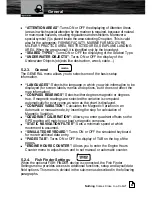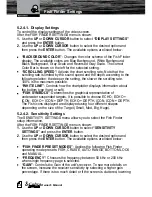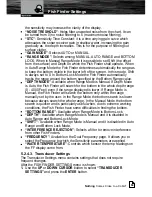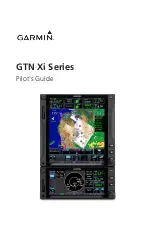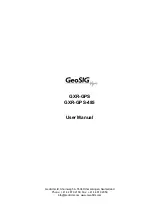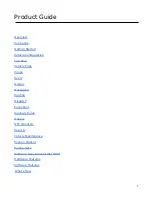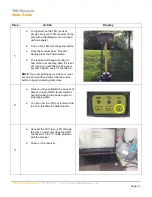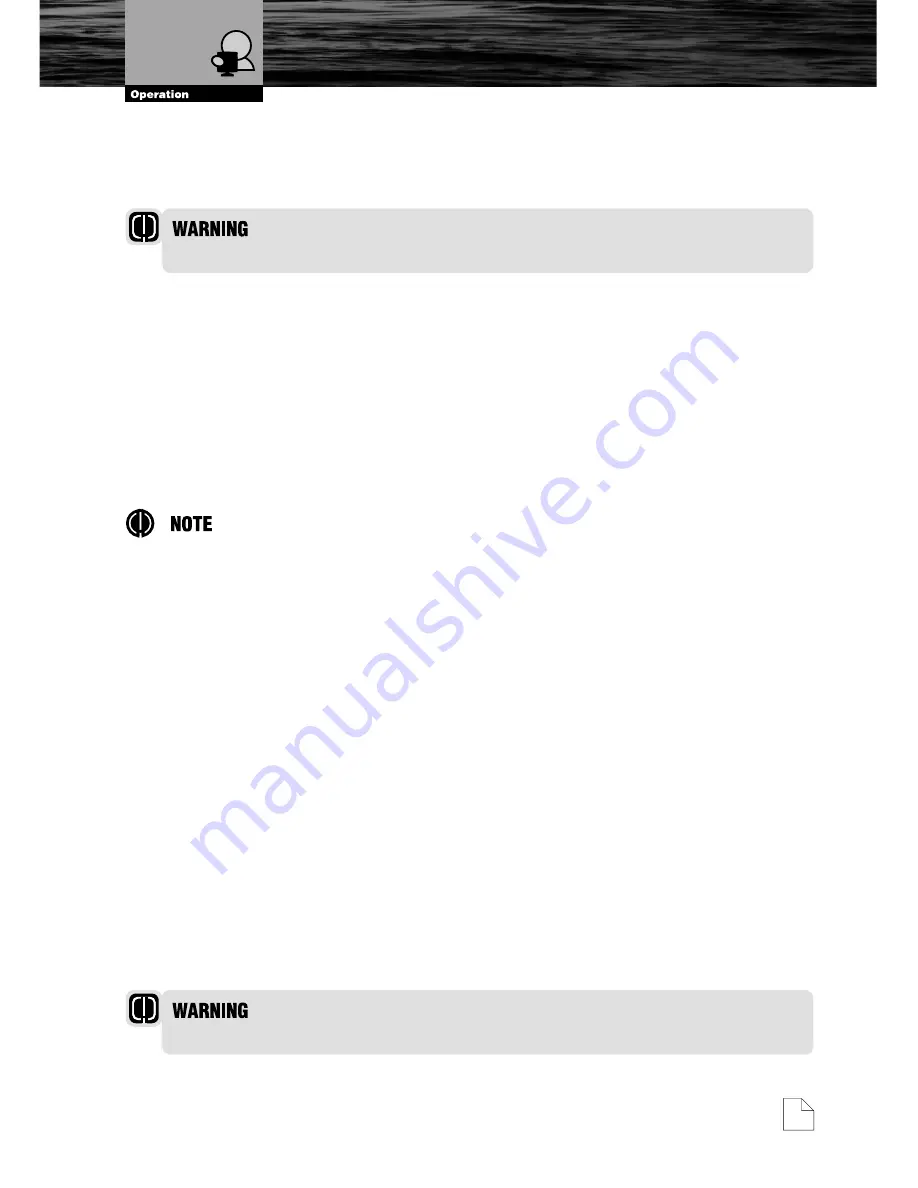
Nothing Comes Close to a Cobra
®
55
button otherwise). When completed, the message “OK” is shown.
When a User C-CARD is formatted, all data saved on it will be deleted.
4.6.3.
Saving file on User C-CARD
The Save function copies the selected file from the internal memory of the
chartplotter to the User C-CARD.
1. Press the S
AVE
software button to save the desired file on the User
C-CARD inserted into the slot.
2. Insert the file name and type. When a certain type of data (Mark, Route,
Track) is saved, a new file is created on a User C-CARD. The file contains
all points of the selected type currently stored in the internal memory.
When completed, the message “OK” is shown.
When naming a file, you may have trouble finding a name that uniquely identifies the
file's contents. Dates, for example, are often used in filenames; however, they take
up several characters, leaving you with little flexibility. The secret is to find a
compromise, a point where you can combine a date with a word, creating a unique
filename. The maximum length of the filename is 8 characters. The characters may
be numbers (0, ..., 9), letters (A, ..., Z) and spaces (for example legal identifiers are
"ABC", "AA", "12121212", "A B C", "1 A 1", and so on.
4.6.4.
Loading file from User C-CARD
The Load function copies the content of the selected file from User C-CARD
to the internal memory of the chartplotter.
Press the L
OAD
software button to load the desired file from the User C-CARD
inserted into the slot. If the selected file contains Marks already present in the
chartplotter memory, they are non duplicated. It is required to insert the
number of the Route/Track on which loading data: if the Route/Track is not
empty, it is overwritten. When completed, the message “OK” is shown.
4.6.5.
Deleting file from User C-CARD
To remove files. Press the D
ELETE
software button to delete the desired file.
Remember that this option permanently erases the file.
User C-CARD Operations


